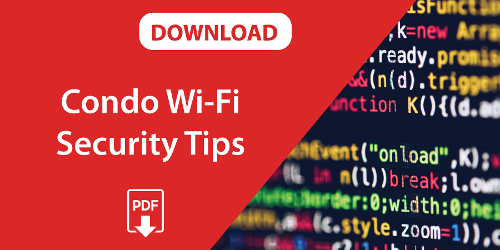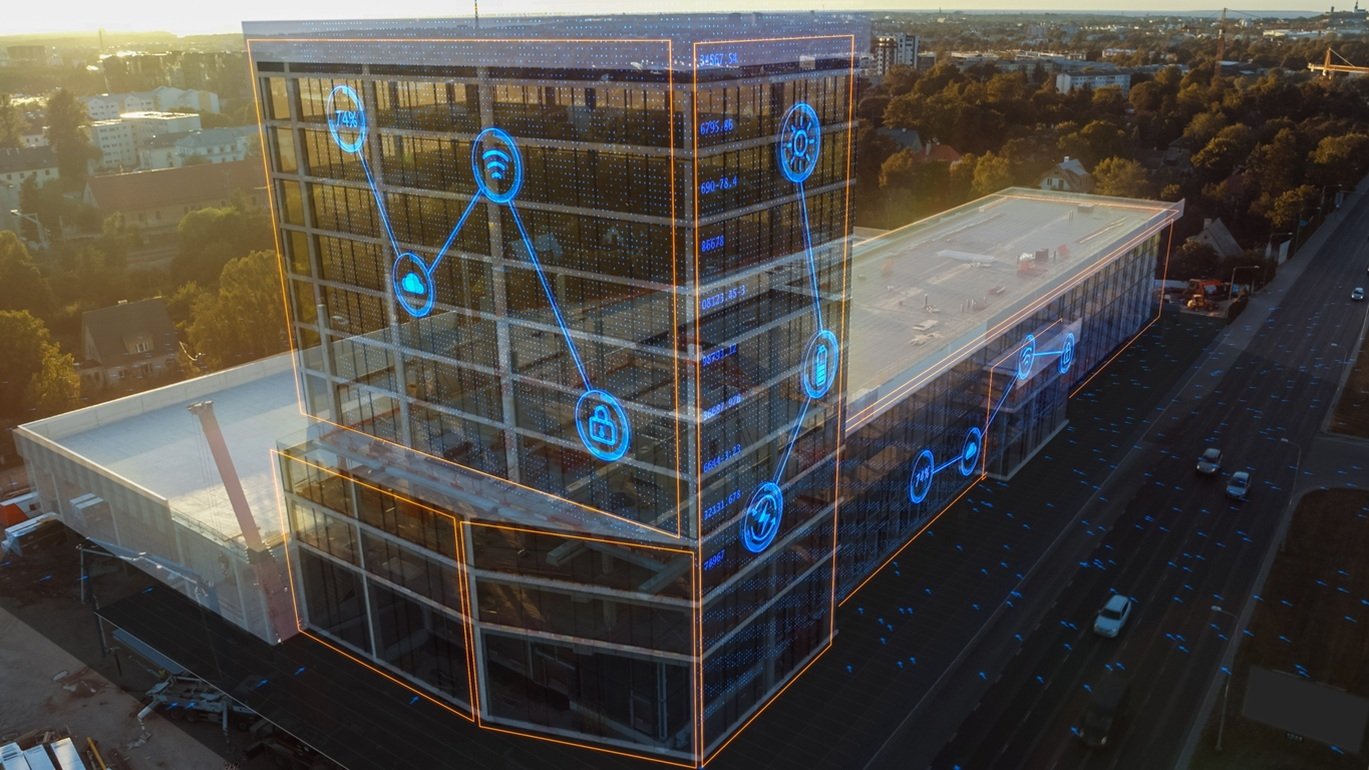Condo residents appreciate having access to Wi-Fi in their community centers and other public areas. The problem is that the very things that make accessible internet connections attractive to condo residents may also appeal to hackers. Digital thieves can use open connections to steal private information and insert malware upon computers and cell phones.
What you will learn:
Threats Associated With Offering Public Wi-Fi in Common Areas.
While offering residents connections in public areas can be a great perk, they won't appreciate being left vulnerable to cyber attacks. If outsiders learn that the COA provides public Wi-Fi, they may visit just to take advantage of a free internet connection. This could also potentially slow down access for residents.
Since most people have become aware of the many threats associated with pubic Wi-Fi, it's surprising to learn that as many of 44 percent of public internet connections in the United States lack proper security.
COAs can take a few simple steps that properly secure their networks and reduce the risk of cyber threats. These measures can also lower the chance that strangers will stop by just to freeload some bandwidth.
Protecting Access in Condo Community Centers and Other Public Areas.
Condo residents may consider access to public Wi-Fi in the community room, fitness area, or other public parts of the complex a good deal. However, to protect both the Condo Owners Association and its internet users, the COA should take reasonable measures to safeguard connections.
Before a COA offers Wi-Fi, the association members could consider taking these steps to improve security:
- Use password security: It's a little more trouble to distribute passwords to condo residents, but this step can keep freeloaders and strangers out of the network. Ideally, change the password every 30 days or so. Obviously, this can't guarantee that non-residents will always stay off the connection because some residents might share it. Still, passwords should limit the amount of non-residents on the network and most of all, lower the chance that internet users will be hackers.
- Use a VPN or SSL connection: These kinds of connections encrypt data that passes from devices to routers and over the network. Even encryption may not stop sophisticated cybercriminals, but most hackers move on to easier prey when they discover the data they retrieve is encrypted.
- Encourage good security habits: Before offering any residents a password to the Wi-Fi network, it's a good idea to require them to read and signoff on documents that can help protect the COA and themselves. These documents could include good safety practices for using public Wi-Fi. These include keeping Wi-Fi off when its not being used and only visiting secure versions of sites that might contain private information. Secure sites have a URL that starts with https:// and not http://, and they provide an extra layer of protection.
- Make users sign a disclaimer: The COA should also inform residents that they offer Wi-Fi to residents as a convenience. At the same time, the COA takes no responsibility for its use. Even the best security practices can't offer a 100-percent guarantee against threats. Also, when residents understand that they are responsible, they are more likely to practice safe surfing habits.
These days, most people think of internet access as more of a basic utility than a luxury. Offering Wi-Fi access in common areas of a condo complex can benefit and please condo residents. It's just important to understand the potential threat involved and to do everything possible to reduce risks to users and to the COA.




